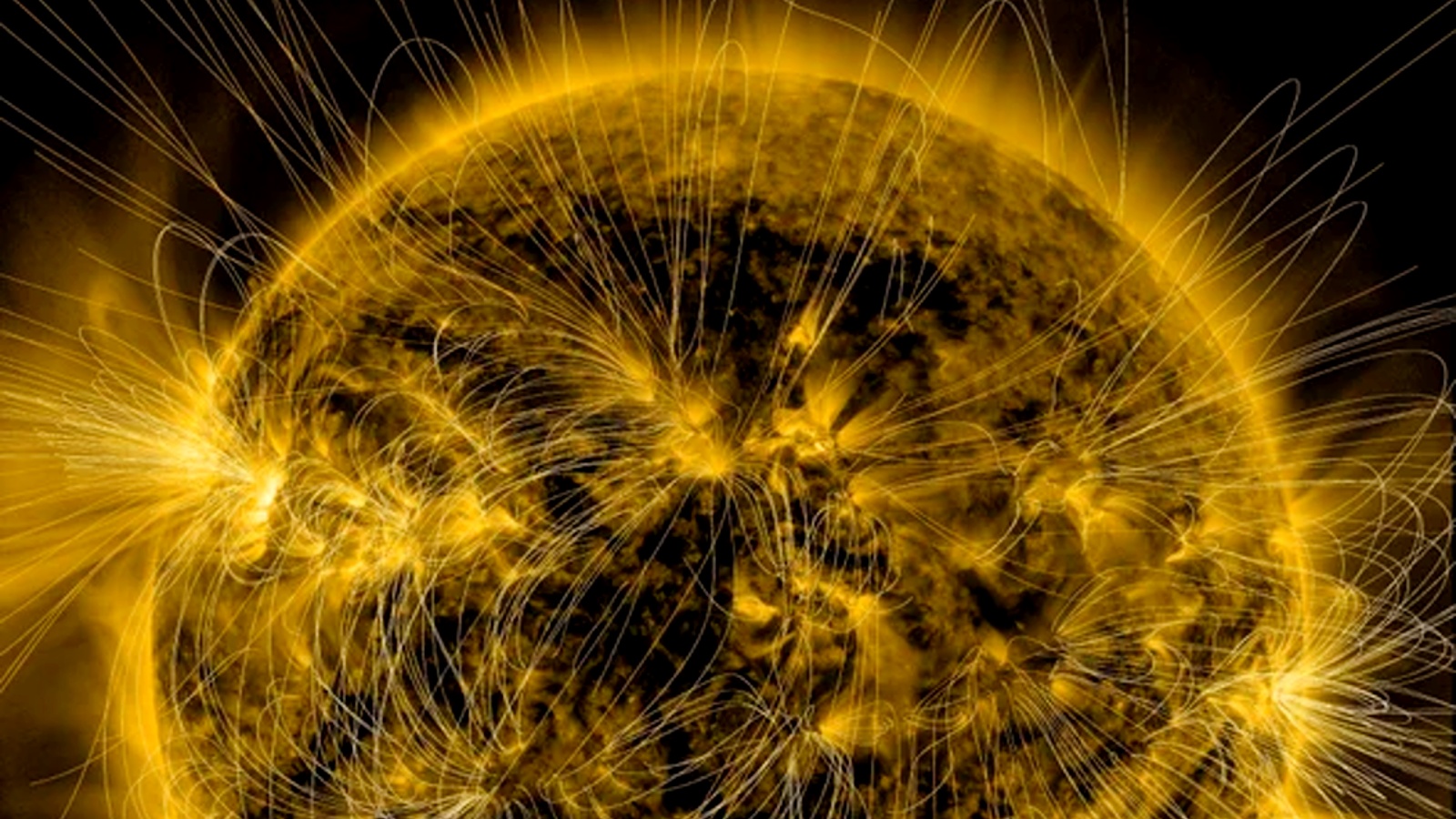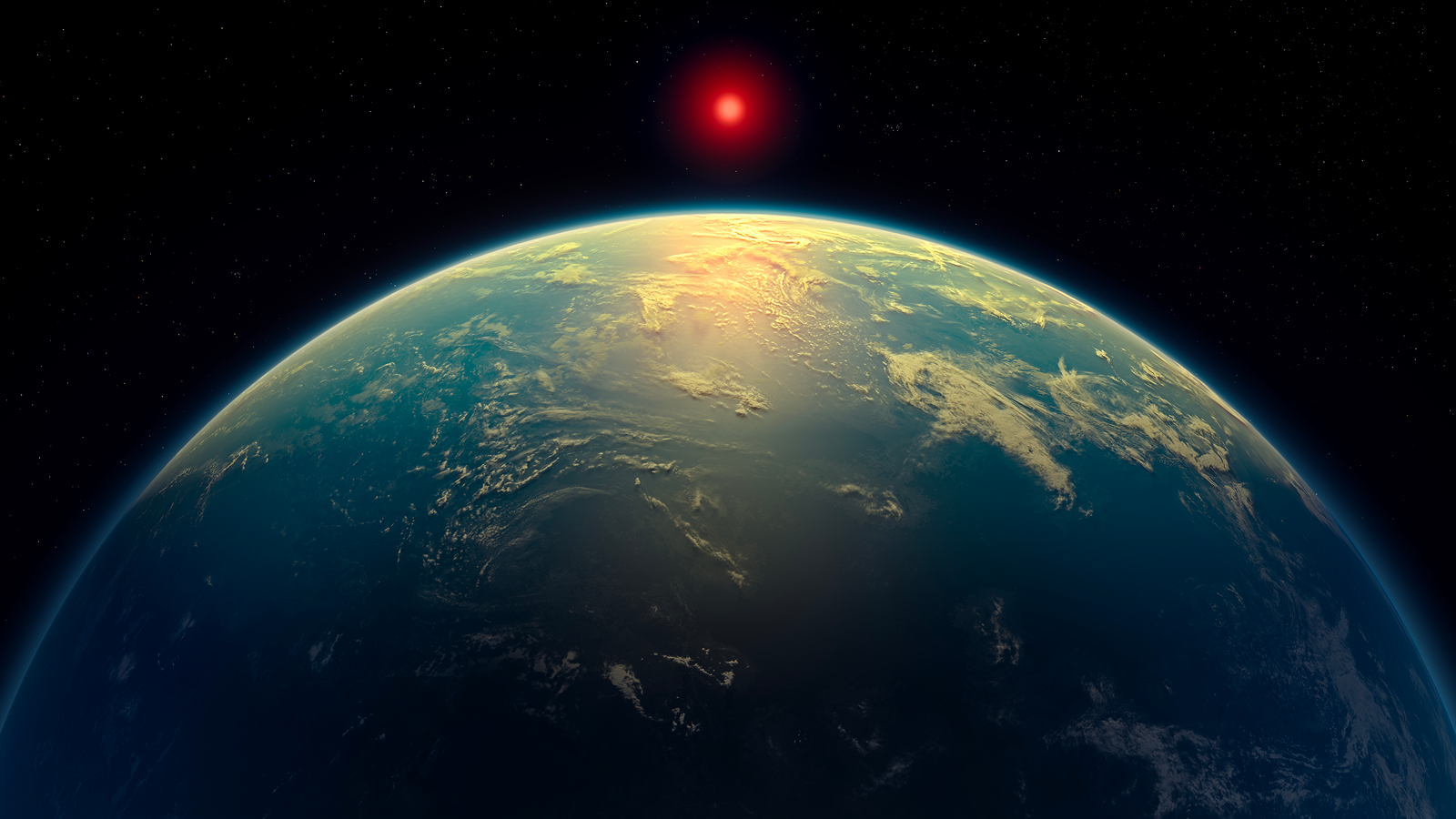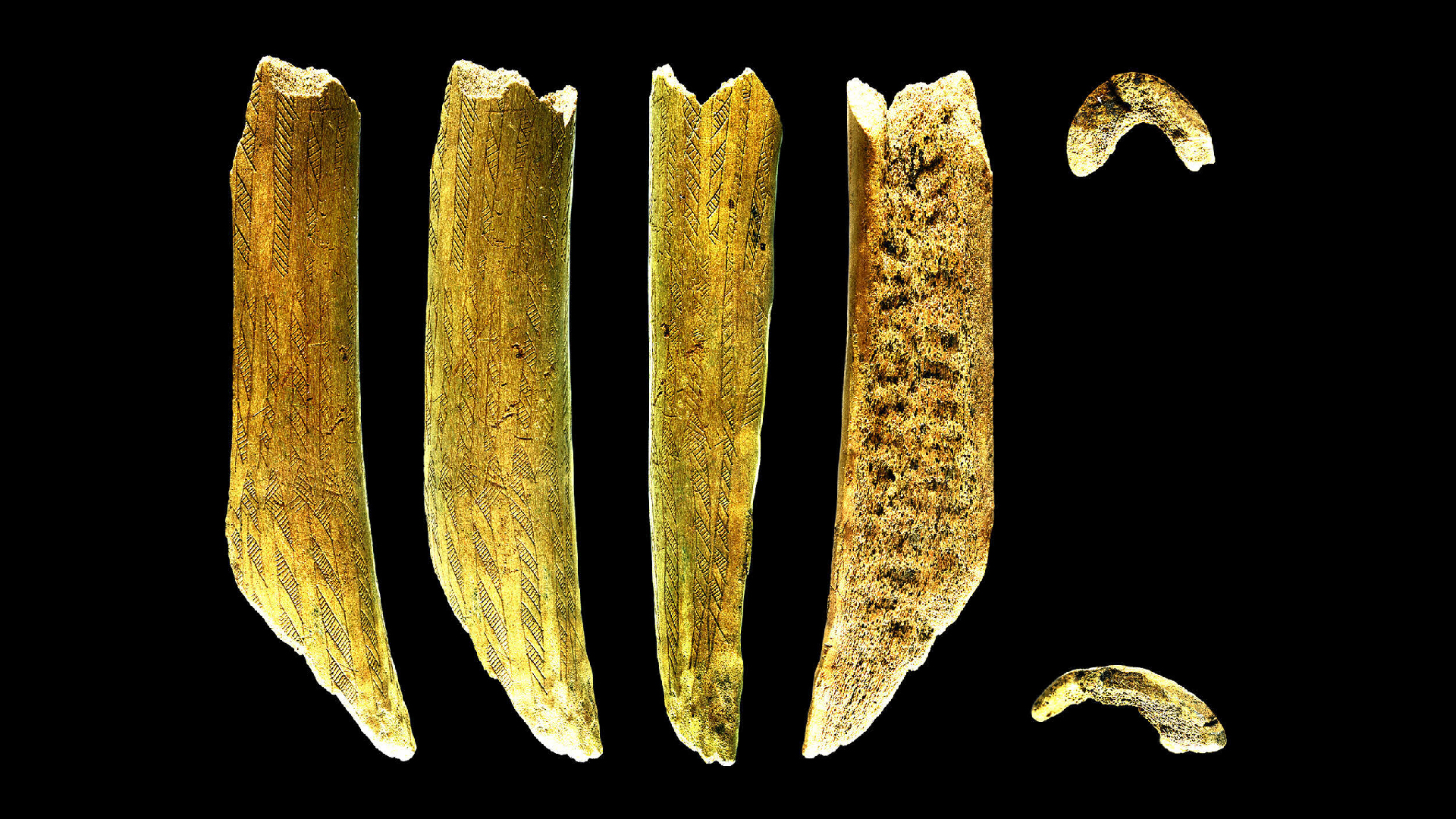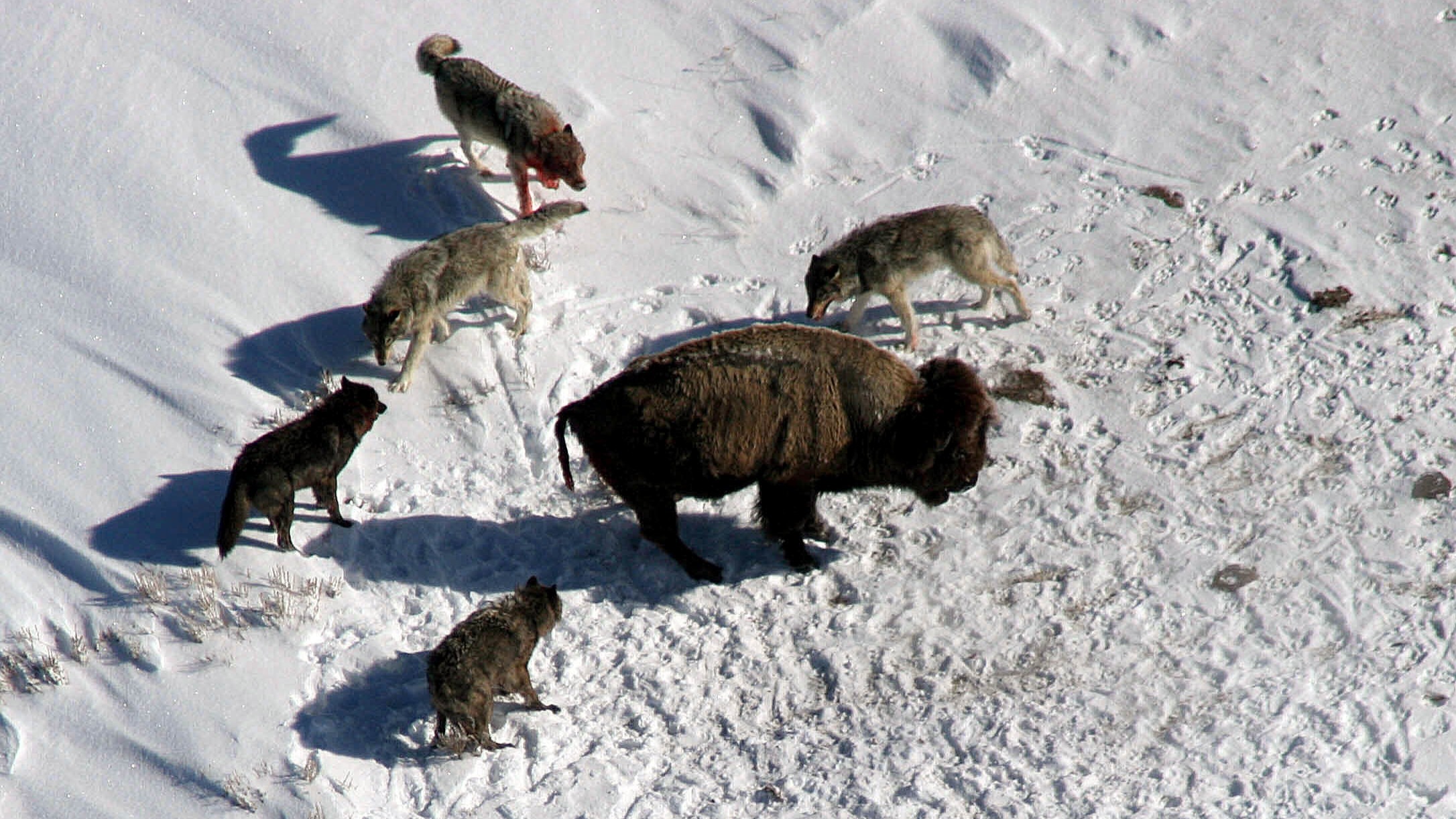Northern lights ignite night sky after rare double solar eruption, and more are forecast for tonight
Solar eruptions created a northern lights display in North America and Europe overnight, with more auroras expected through Thursday.
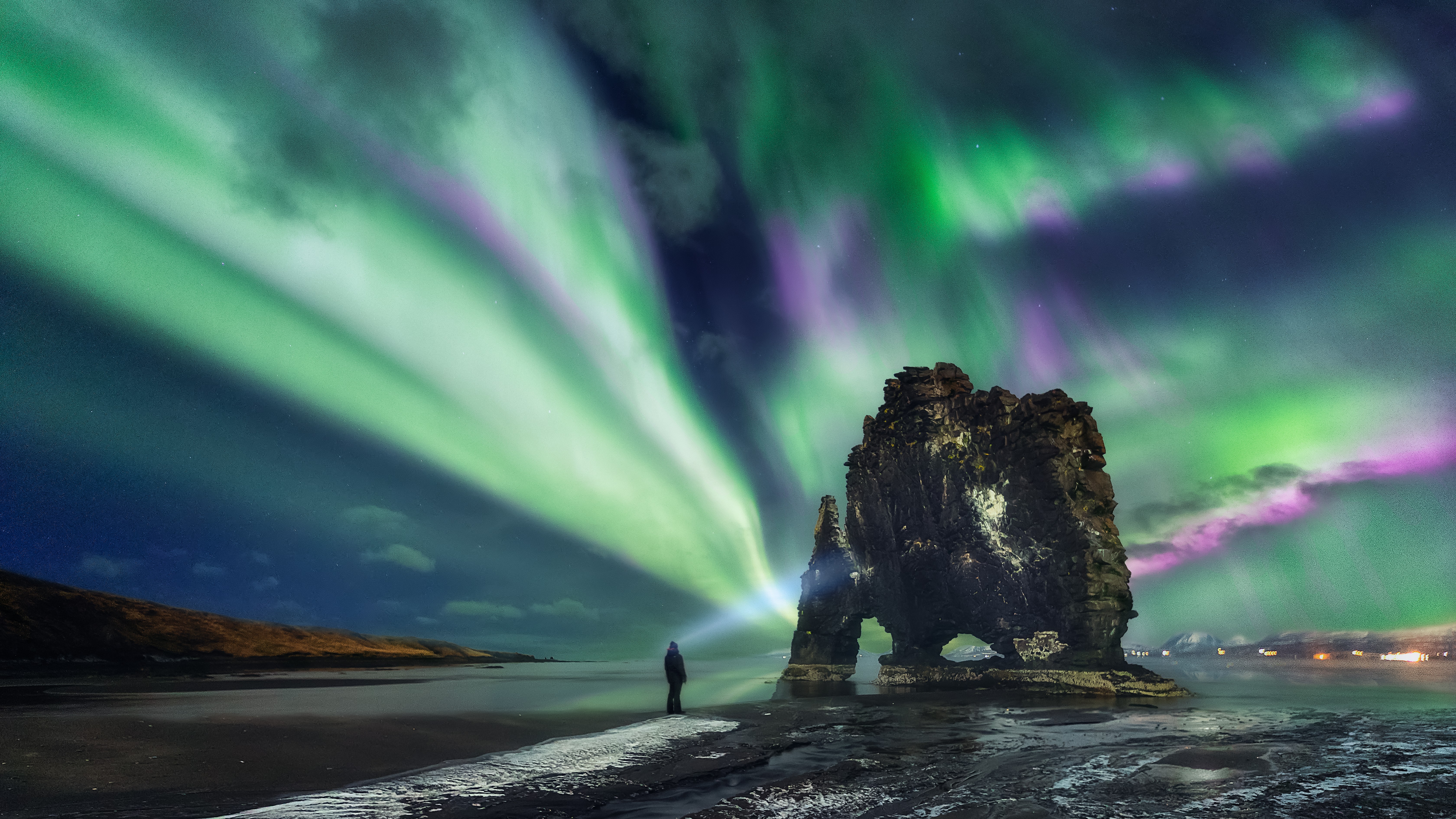
A rare double solar eruption fueled a spectacular display of the northern lights overnight — and more auroras could be on the way.
Last weekend, two separate solar eruptions sent a pair of coronal mass ejections (CMEs) — clouds of solar plasma and radiation — hurtling towards Earth. At least one of the CMEs hit our planet's magnetic field at around 1 p.m. EDT on Tuesday (April 15), creating geomagnetic storms and northern lights at high altitudes.
I seriously just captured a meteor in front of Aurora. Incredible. #Revontulet #NorthernLights pic.twitter.com/XR1HKCkSbsApril 15, 2025
Skywatchers from across the Northern Hemisphere have shared images of last night's display. Spaceweather.com's real-time image gallery revealed that parts of Iceland, Sweden, Finland and the U.K. were treated to spectacular auroras. Northern lights were also expected across the northern U.S. and Canada, with the gallery confirming a display in Minnesota.
The storms could intensify if a second CME hits today (April 16). However, there's a good chance that the prime storm window has already closed. The CME that hit yesterday likely absorbed the second CME, so we probably won't get two blasts, the U.K.'s Met Office reported.
The National Oceanic and Atmospheric Administration's (NOAA) Space Weather Prediction Center still has a strong, G3 geomagnetic storm watch in place for today. However, the Center's latest three-day forecast suggests that the most severe G3 conditions occurred overnight — the geomagnetic storm scale ranges from G1 to G5, with G5 being the most severe.
Northern Lights over Stornoway. Worth freezing for!!! 😳 pic.twitter.com/oOCKLHY6yvApril 15, 2025
The Space Weather Prediction Center still expects the aurora borealis to be visible over North America again tonight. The most intense auroras will be over Alaska and Canada, but states in the north of the contiguous U.S. may see auroras on the northern horizon.
Related: How to photograph the northern lights
Sign up for the Live Science daily newsletter now
Get the world’s most fascinating discoveries delivered straight to your inbox.
This week's increased geomagnetic activity began with two eruptions on the sun. Solar eruptions stem from magnetic filaments — tubes of dense plasma. The filaments are normally held above the sun's surface by magnetic forces, but the structures can erupt if the magnetic forces become unstable. On April 12 and 13, there was a rare double eruption, with two filaments becoming unstable in quick succession, Spaceweather.com reported.
For those that know me on here, you’ll know I has two things on my bucket list: see a murmuration and the Northern Lights. Achieved one last year a few miles down the road, and tonight I’ve achieved the other from my back garden. I’m overwhelmed…. pic.twitter.com/FlqpUpN4ETMay 10, 2024
These eruptions sent streams of charged particles, carried on solar wind, out into space — and toward our planet. If they reach Earth's magnetic field, they can cause solar storms. Solar storms are major disturbances in Earth's magnetosphere, which is the region around our planet where Earth's magnetic field is the dominant magnetic field, as opposed to the magnetic field of interplanetary space, according to the Space Weather Prediction Center.
The auroras form when the sun's charged particles travel through Earth's magnetosphere and hit the high atmosphere, smashing into particles of oxygen and nitrogen. These particles then glow different colors as they shed energy from the collision, according to NASA's Jet Propulsion Laboratory.
The exact timing of CMEs hitting Earth — and the resulting geomagnetic storms — is difficult to predict, with yesterday's CME arriving earlier than expected, Live Science's sister site Space.com reported. The Met Office noted that its own G3 watch is valid until 2 p.m. EDT today, with the potential for minor G1 storms to continue through Thursday (April 17).

Patrick Pester is the trending news writer at Live Science. His work has appeared on other science websites, such as BBC Science Focus and Scientific American. Patrick retrained as a journalist after spending his early career working in zoos and wildlife conservation. He was awarded the Master's Excellence Scholarship to study at Cardiff University where he completed a master's degree in international journalism. He also has a second master's degree in biodiversity, evolution and conservation in action from Middlesex University London. When he isn't writing news, Patrick investigates the sale of human remains.
You must confirm your public display name before commenting
Please logout and then login again, you will then be prompted to enter your display name.


